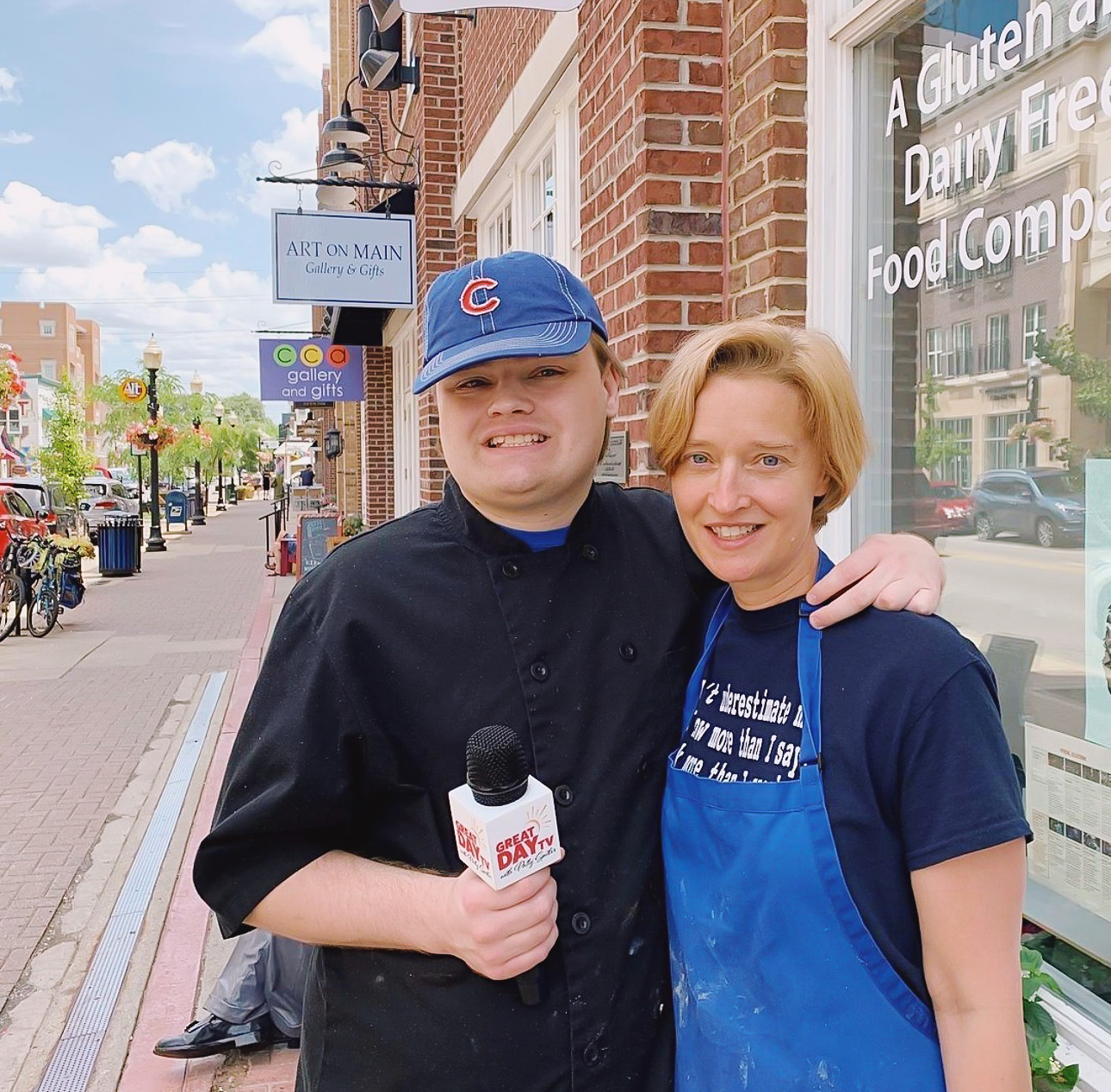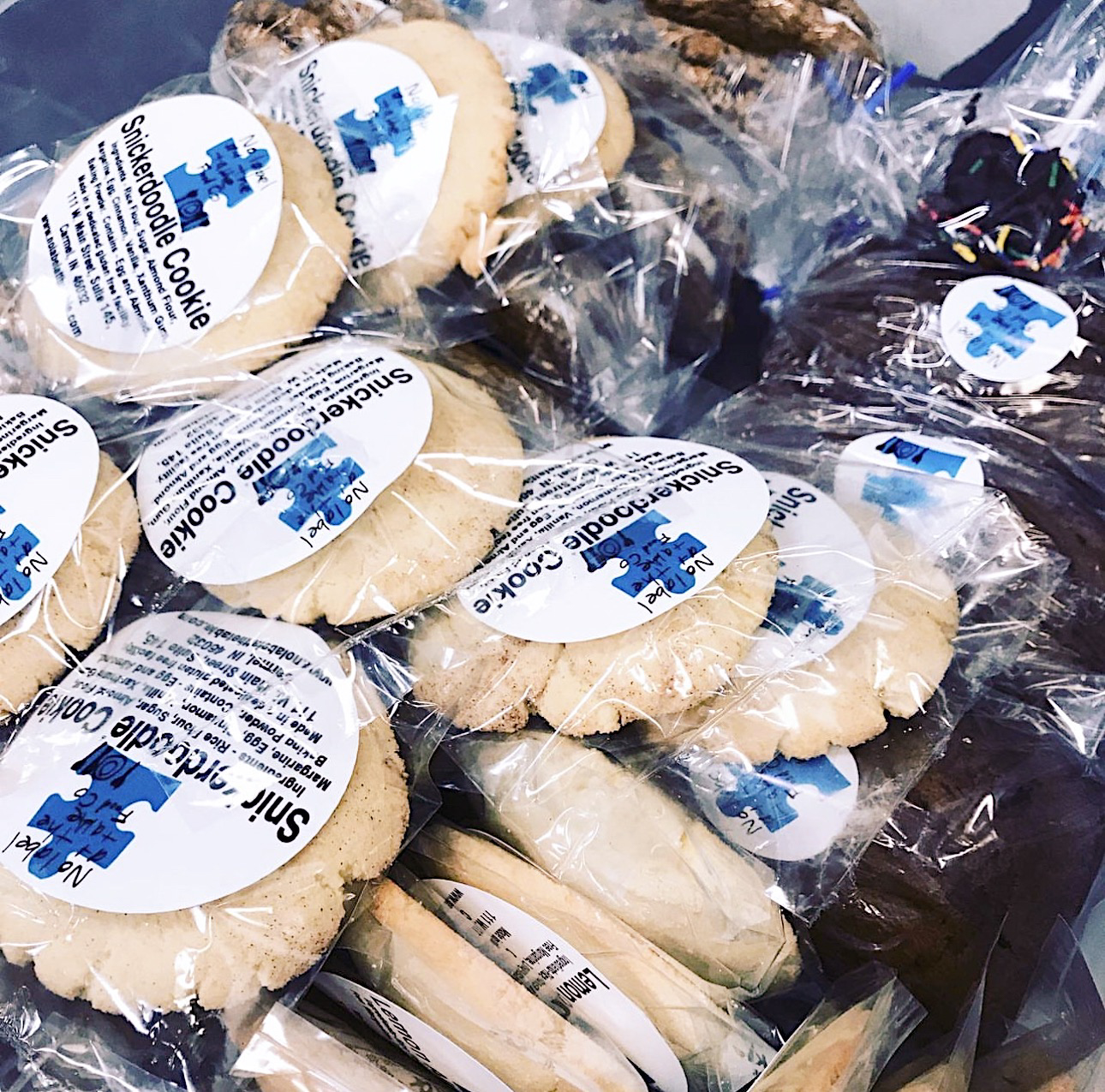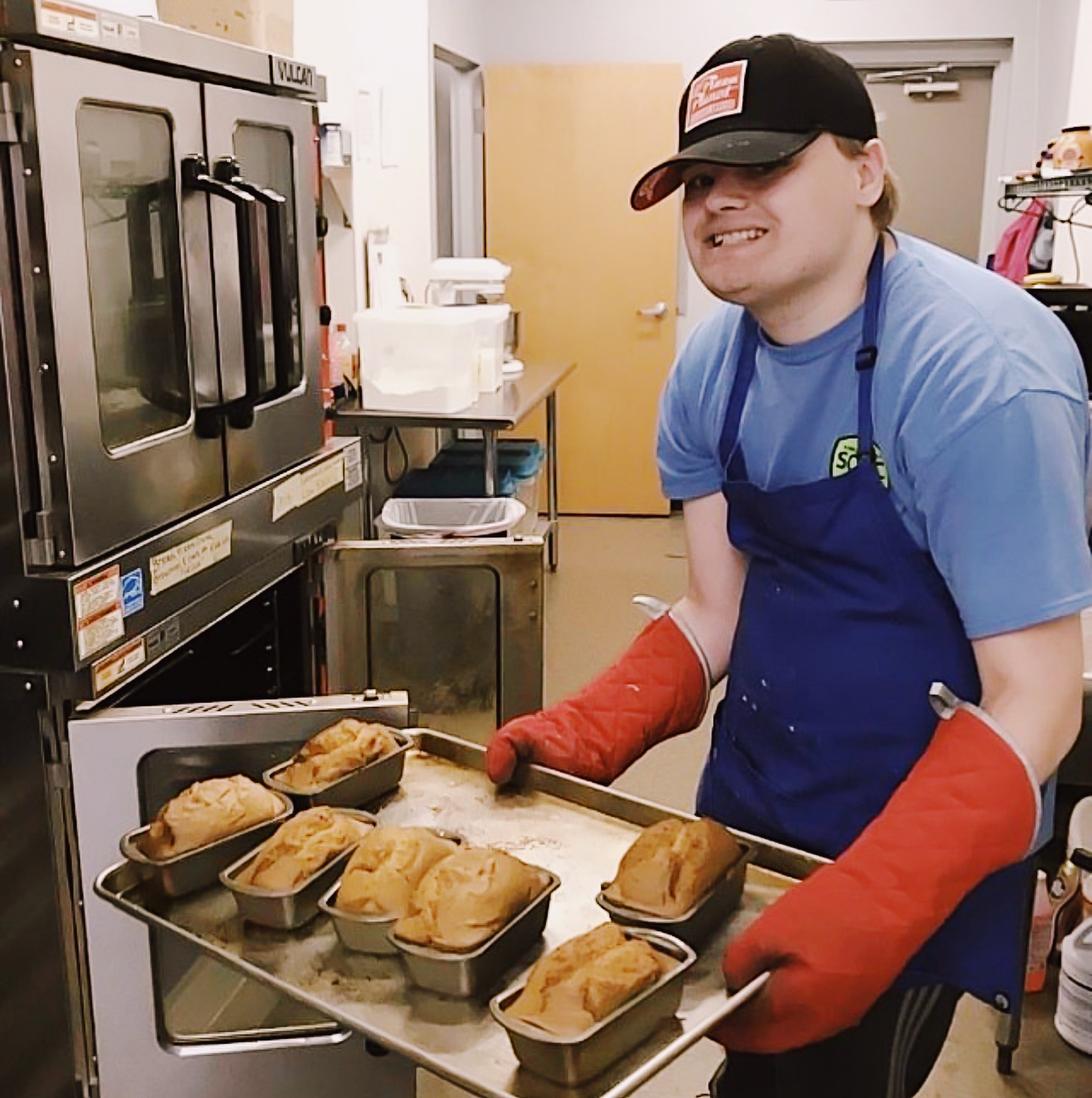Three years old. That’s how old Jacob Wittman was when he received his autism diagnosis. Jacob’s mother, Shelly Henley, took him to the doctors on multiple occasions when he was an infant back in the 1990’s. She asserted something was wrong during these visits but was brushed aside each time. “I thought he had a hearing problem and [noticed] he was doing self-stimulatory behaviors,” Henley says. “His development in some ways was very erratic and accelerated in some places; he spoke, but then he didn’t speak.”
Henley describes how Jacob also had a very bloated stomach during this time of uncertainty for the family. When they finally diagnosed Jacob with autism, they started him on a gluten and dairy-free diet. “About 20% of people on the spectrum benefit from having a gluten and dairy-free diet,” Henley says. After a short time of following this diet, they began to notice Jacob’s bloating became noticeably better. But while a gluten-free diet is common today, it was not well known when Jacob was younger and there were very limited options available. This is how Jacob, who goes by Chef J, began his cooking journey.
“When we started cooking, we would follow the steps of the recipe and get something very rewarding at the end,” Henley says. “You get positive reinforcement [from cooking] and it became a part of our life and his makeup.”

People with autism are affected sensory-wise. Autism is a pervasive developmental disorder, and while it affects each person differently, some commonalities faced are being affected by communication and sensory issues, along with rigid and repetitive behavior tendencies. For Chef J, his palette became very refined and he was able to balance recipes, determining the type and amount of each ingredient needed to make them. “He knows what flour to use for breads, cookies, and what would be appropriate for a cake,” Henley says. “It’s become his superpower.”
When Chef J turned eighteen, he was aging out of support services. While staying at home to collect disability was an option following his graduation, Henley and Chef J hoped for something more. Henley asked Chef J what he wanted to do following graduation. His answer? To drive a car and be a chef. For Henley, this made sense—Chef J has been cooking his entire life. But that’s when the harsh reality set in.

“At first we looked at other restaurants [he could work at],” Henley says. “But we realized they would relegate him to being a dishwasher. I knew he had so much more potential than that, so I googled “How do you start a food business?”” Henley isn’t a business person and isn’t a pastry chef, but none of that mattered—she knew Chef J had it in him to become a professional chef, so she made it her goal to bring that to life.
Within six months of Henley researching how to start a food business, she and Chef J prepared four types of cookies, had three employees, and started selling Chef J’s gluten-free products at Carmel’s farmer’s market. Within a year, Henley and Chef J opened their brick and mortar store, No Label at the Table, in the Carmel Arts and Design District.
Surrounded by restaurants and boutiques, and steps away from the Monon Trail, their store is in the heart of Carmel. Red bricks surround the entrance, with a white-paned glass door greeting customers from outside. Once inside, the customer’s senses are immediately engaged with the aroma of the food. From breads to cakes to cookies and even some chili, No Label at the Table offers a wide variety of freshly-baked food options that are all gluten-free. They even have a spot on their website where they post the menu of the day, so customers can plan ahead and know exactly what to get once arriving.
While the exterior invites customers in and the interior makes everyone hungry, what sets No Label at the Table apart from other stores isn’t just that their products are exclusively gluten-free and delicious—they solely hire and train people on the spectrum. “The world is neurodiverse,” Henley says. “We should embrace that in the workforce. I’m treating people the way they should be treated, am giving opportunities to people, and am trying to set an example so that others start doing the same thing.”
Since becoming a professional chef, Chef J has made many strides from the behavior of his younger self—so much so that he was even able to go on a family trip to DisneyWorld, something that never could have happened when he was younger. “There’s no way we could have made it through the week without daily outbursts,” Henley says. “Even seven years ago, I couldn’t leave the house [with him] without planning escape routes.” She goes on to describe how he was even recognized as Chef J while on that trip, which was a rewarding moment for him. “He has a whole community now and he has a happy, purposeful life,” Henley continues. “I can’t tell you how much [opening No Label at the Table] has changed for us, even just living in our home.”

To learn more about No Label at the Table, head to their website https://nolabelatthetable.com/ or visit them in the Carmel Arts & Design District at 145 W Main St. Suite 145.


